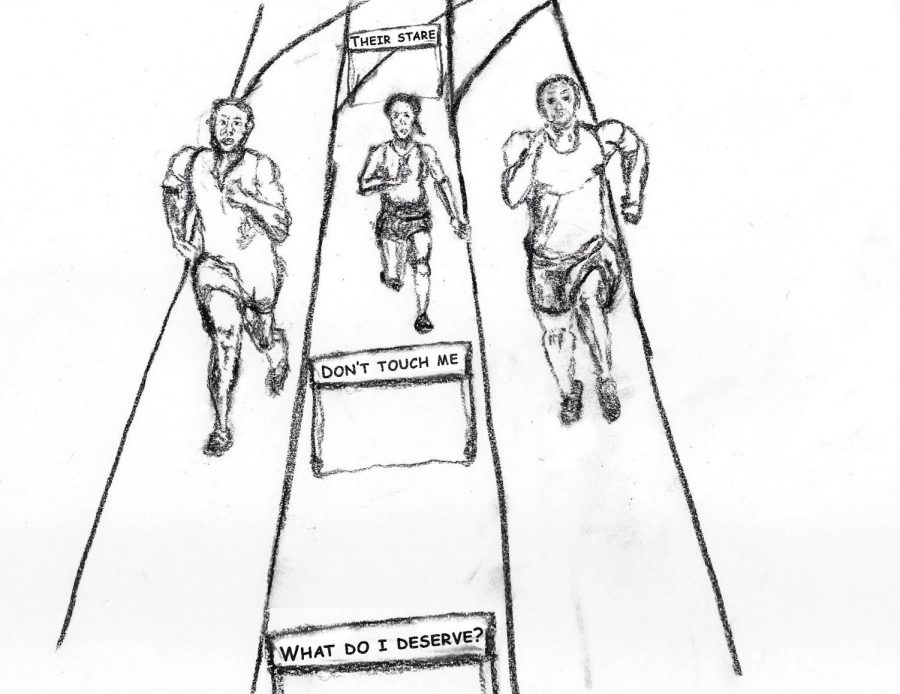Physical needs overshadowed
Academic prioritization dampens athletic engagement
Mar 21, 2018
As Women’s History Month comes to a close, it feels good to know that Contra Costa College administrators, staff and professors all made a concerted effort to ensure the accomplishments of women, local and worldwide, are given their proper appreciation.
Since the beginning of March and hopefully through the semester, large poster boards have adorned every building on campus highlighting the intellectual accomplishments of extraordinary women.
Pay disparities and other forms of gender discrimination, along with a never ending stream of societal and familial responsibilities, add to the burden many women in modern society are expected to bear.
It’s true, for too long the achievements of women have been relegated to the darkest corners of the historical record and CCC has done a good job of shining a light on those disparities.
However, on this campus, women face a growing problem that is just as important to the quality of their overall existence as any academic-based motivational speech.
At CCC, there is a scarcity of options for women on campus to improve and maintain their physical health and even fewer people fighting for accessible means to do so.
The Women’s Sports Foundation, the leading authority on the participation of women and girls in sports, documents the important role physical activity can play in helping to prevent major health risks for girls and women.
Ailments range from obesity, coronary heart disease, cancer and osteoporosis, to Alzheimer’s disease and related dementias.
Recent studies also show physical activity can curb illicit drug use, tobacco-related disease, sexual risks, teen pregnancy and eating disorders.
This doesn’t mean every woman on campus should run to join a Comet athletic team, although the participation would also bolster the health of those fledgling programs. But it does mean more emphasis should be placed on maintaining physical health.
The Fitness Center should be made as available to students as the Library and there should be a designated time for women who are not enrolled in a physical education class.
As women participate less in physically demanding activities on campus, the effects have become increasingly clear.
Over the past two years, the softball team has been forced to forfeit its seasons due to a lack of participation and the women’s basketball team ended both campaigns with only six women on its roster.
Even worse, there are only three dance classes offered during the week — ballet, intermediate ballet and beginning Latin social dance.
Hip-hop dance and African dance have been eliminated from the list of available courses for the past three years.
The removal of many of the dance classes has hampered the efforts to build a consistent cheer squad and the annual African Heritage celebration in February, though informative, felt incomplete without former CCC dance instructor Latanya Tigner and her students’ interpretive African dance routines.
Women from low-income backgrounds generally have limited access to sports facilities and equipment.
These conditions, which ultimately affect women’s health and chances of success in life, can be reversed on campus — but not without a concerted effort.


